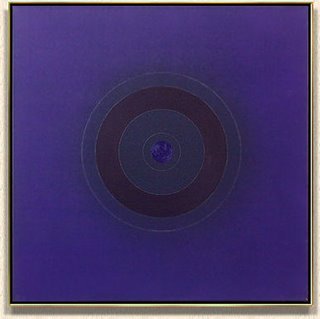image essay #6

This piece by Inka Essenhigh caught my eye, because I like the way he illustrated solar radiation. The Simplicity of the color scale makes you focus more on the rays and the way they are molding to the people on the picture. Although I can’t see much because it’s an internet piece and it’s hard to make out exactly what is going on in the back ground, I think it’s safe to say that there are some subordinate figures that aid your eye to move throughout the painting.
I like Inka’s style of painting. I find the figures to be very loosely illustrated and the way he makes the rays look like they are melting on the people and ground is very original and risky. I think Inka did a great job in catching the feeling of sun bathing. Just looking at this painting makes me feel warm, even hot if I look long enough. The figures in the background also give the painting depth, although I think there could be more done about the depth. The value is well done also, in that the higher contrast stands in the front of the piece while that of lesser contrast is rendered in the back.







